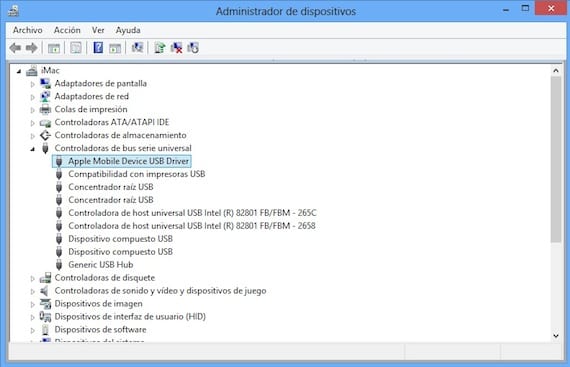
 tAMEtimeout: A timer if communication is not completed within 1.5-second, it will directly enter Billboard mode. When Alternate Mode completes communication and is deemed to be not executable, Billboard device will appear. The first condition for triggering Billboard pop-up is if a device is unable to enter Alternate Mode. On the other hand, if a monitor that supports Type-C interface connects via Type-C but is not recognized as Alternate Mode, the OS will recognize the device as USB Billboard device, as shown in Figure 1.Ī Billboard message will pop up in the lower-right corner of the desktop to alert users of the current device status, as shown in Figure 2. When the device can correctly communicate and is recognized as an Alternate Mode device, i.e., when a monitor that supports Type-C interface is connecting via Type-C and the device manager is accurately recognized as a monitor, the communication is then conducted in Alternate Mode with images being displayed normally. Billboard notifies users the status of use when the device does not support Alternate Mode. When a device which supports Alternate Mode is connected to a non-supporting host device, a pop-up window, or the Billboard, will show information of the device status.
tAMEtimeout: A timer if communication is not completed within 1.5-second, it will directly enter Billboard mode. When Alternate Mode completes communication and is deemed to be not executable, Billboard device will appear. The first condition for triggering Billboard pop-up is if a device is unable to enter Alternate Mode. On the other hand, if a monitor that supports Type-C interface connects via Type-C but is not recognized as Alternate Mode, the OS will recognize the device as USB Billboard device, as shown in Figure 1.Ī Billboard message will pop up in the lower-right corner of the desktop to alert users of the current device status, as shown in Figure 2. When the device can correctly communicate and is recognized as an Alternate Mode device, i.e., when a monitor that supports Type-C interface is connecting via Type-C and the device manager is accurately recognized as a monitor, the communication is then conducted in Alternate Mode with images being displayed normally. Billboard notifies users the status of use when the device does not support Alternate Mode. When a device which supports Alternate Mode is connected to a non-supporting host device, a pop-up window, or the Billboard, will show information of the device status. 
 First we need to understand the Type-C connection mode:Īlternate Mode: For example, PD, DisplayPort Alternate Mode (DP Alt Mode). USB-IF announced the specifications of Power Delivery v2.0 in 2014 and simultaneously defined the new Billboard Device Class v1.0 in the original USB Class. This is where Billboard plays the key role as it instantly informs users the issues. Despite its various functions, Type-C faces issues when connected to a non-supporting device.
First we need to understand the Type-C connection mode:Īlternate Mode: For example, PD, DisplayPort Alternate Mode (DP Alt Mode). USB-IF announced the specifications of Power Delivery v2.0 in 2014 and simultaneously defined the new Billboard Device Class v1.0 in the original USB Class. This is where Billboard plays the key role as it instantly informs users the issues. Despite its various functions, Type-C faces issues when connected to a non-supporting device. 
With the widespread of the USB Type-C interface and its innovative features such as image transmission, charging, sound effect, and internet, Type-C is getting increasingly popular.












